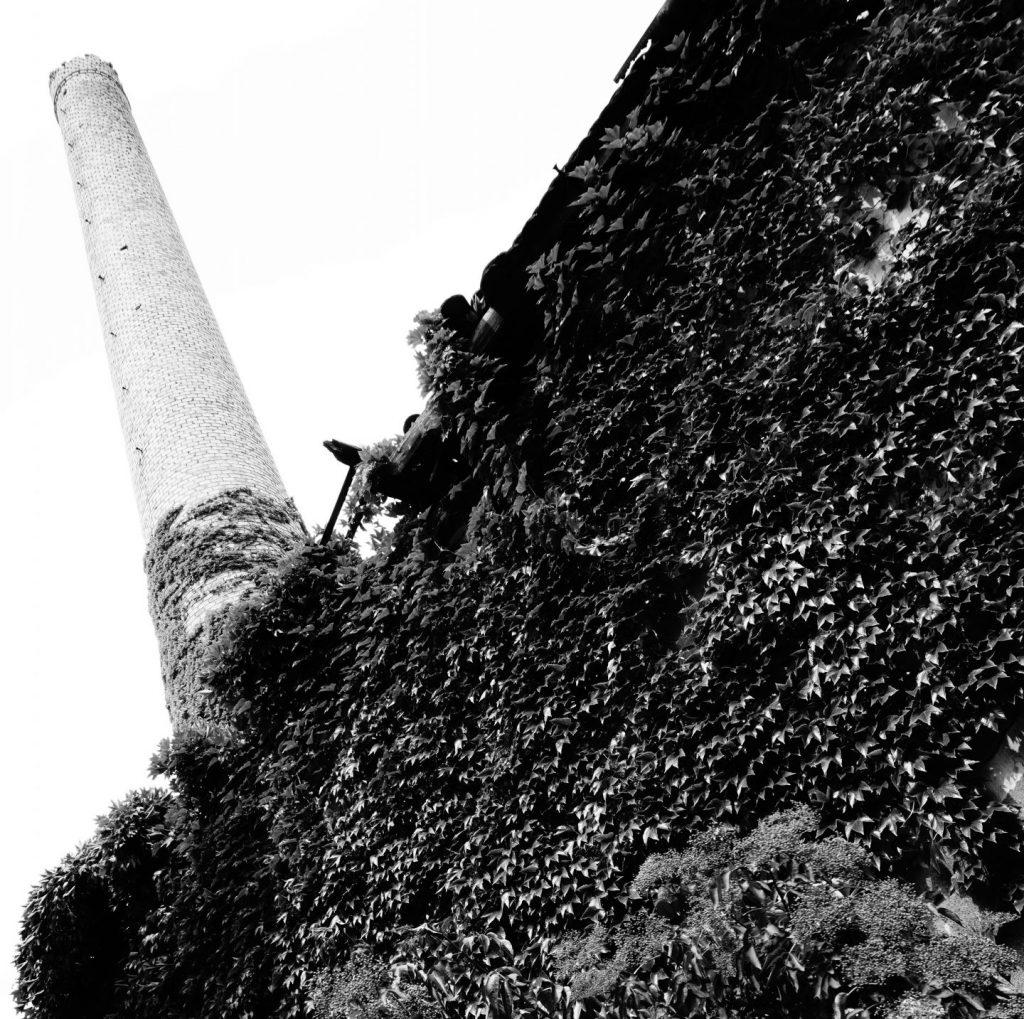
PANČEVO
The brewing in Pančevo experienced its golden age in the period from the middle of the 18th to the middle of the 19th century, when the brewery was managed by the Weifert family. By introducing the power of steam in the production of lager beer, the Weifert family not only generated the industrialization of the economy of Pančevo, but at the same time contributed to raising the level of social, cultural and health standards of the inhabitants.
Valorized in the middle of the 20th century as the oldest industrial facility in the region, the brewery has the status of a cultural monument of great importance. Unfortunately, original machines of the steam brewery, which were assessed as “pioneering examples of the industrial revolution in this area”, have almost completely disappeared. But the spooky ruin is still the bearer of the place’s identity. Its chimney, proudly defying the harsh modern moment, marks the place of origin of the oldest brewery in the region, which is a symbol not only of the industrial brewing development but also of improving the way of life and general socio-economic prosperity.
Does today’s very poor condition of a valuable industrial monument speak of the irresponsible attitude of the society towards its heritage? Could reactivation based on a careful reinterpretation of the Weifert-era legacy restore the glow of decaying industrial beauty?
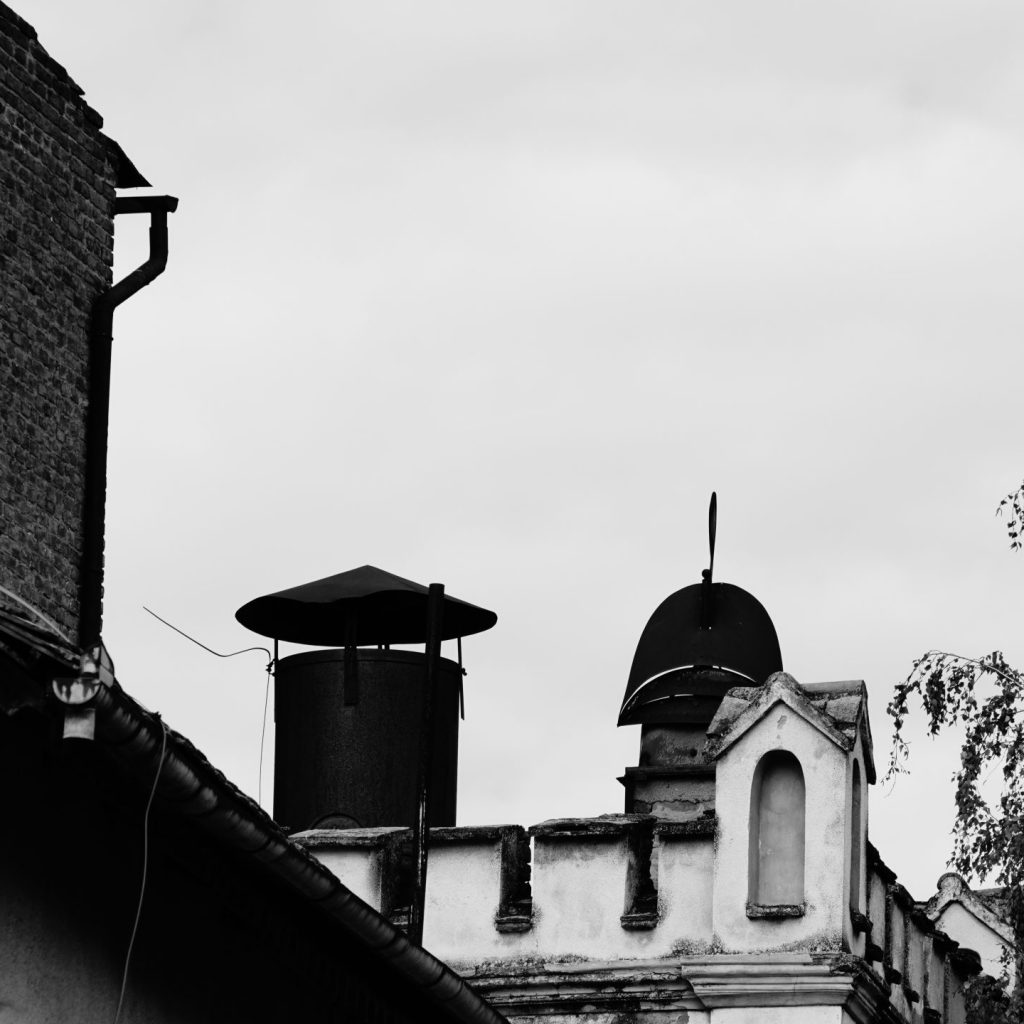
VRŠAC
Despite the strong winemaking tradition of this area, thanks to the Zoffmann family, who in the middle of the 19th century built a modern European brewery next to the city centre, beer soon became a favourite drink of the locals. Buildings from the Zoffmann era, created at the turn of the 19th and 20th centuries, although with noticeable layers of later decades, have managed to largely preserve the authenticity of expression. Zoffmann unfiltered dark beer has been produced for decades according to a traditional recipe, on the original steam brewery machinery preserved in situ. And then suddenly a combination of unusual political circumstances created a discontinuity in cultivating the traditional way of making a magic drink with a specific aroma and full taste.
And while the dust covers the beer bottles prepared for filling and the tough vegetation overgrows the facade of the tower that defies the ravages of time, the inhabitants of Vršac are waiting for a miracle to happen. They wonder if some new circumstances will lead to the resumption of production according to the microbrewery model. Will the historic brewery become a tourist attraction or will it turn into another industrial ruin?
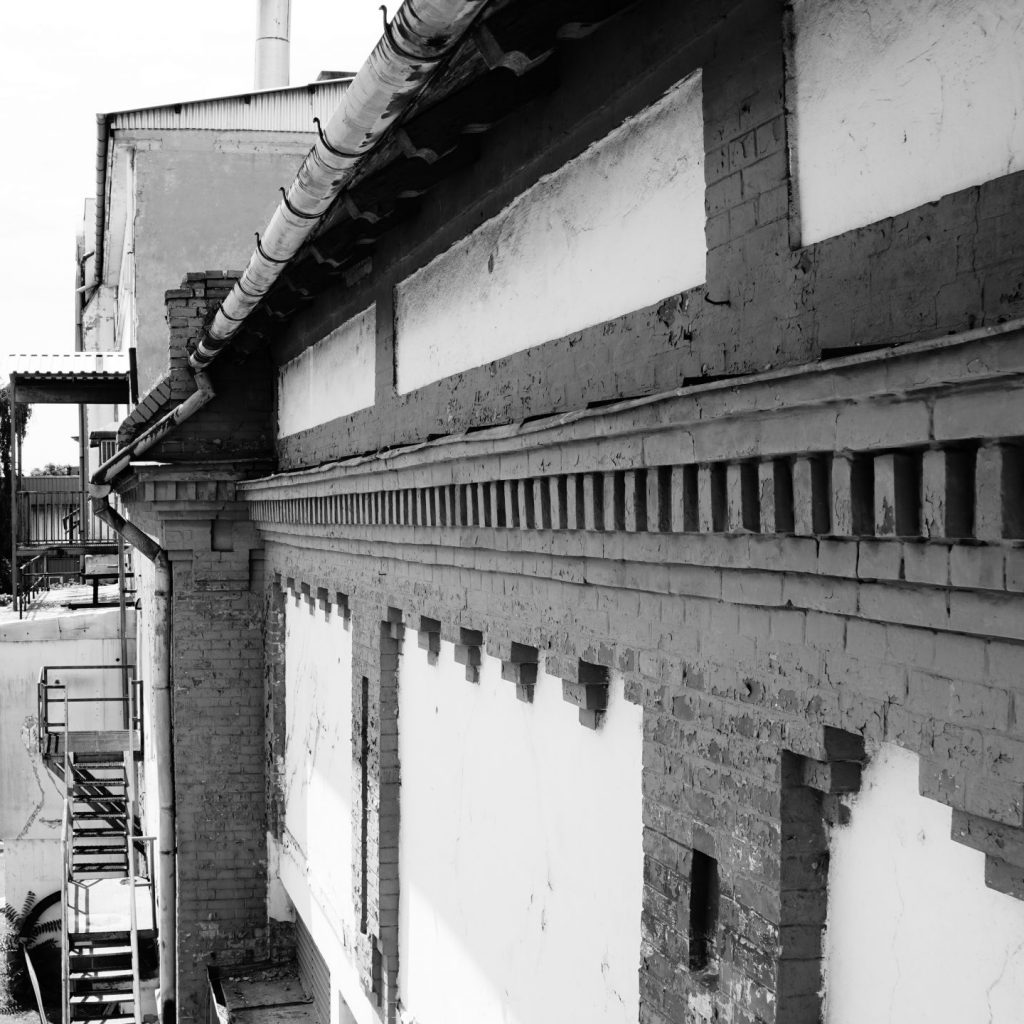
ZRENJANIN
After numerous tenants, at the end of the 19th century, the brewery became one in a series owned by the wealthy industrialist Lazar Dundjerski. Together with the Art Nouveau palace of the Dundjerski family, the brewery was the meeting place of the elite of that time, a kind of a social and cultural centre of the city. The identity of the place is especially connected to the cult of beer consumption, which was carefully nurtured within the complex, first in the veranda in the garden of the brewery, and then in the beerhouse.
The traditional way of producing unfiltered draft beer straight from the wooden barrels, which until recently consumed exclusively in the local pub, has been terminated. With the cessation of production and the complete dismantling of equipment, the interior of valuable historic buildings was brutally devastated.
What is the fate of empty brick membranes through which, instead of the smell of hops, only ashes flow? Will the collection of exhibits in the Beer Museum founded in the former brewery, without demonstrating the technological process and the possibility of consuming local beer, succeed in evoking the history of three centuries-long traditions?
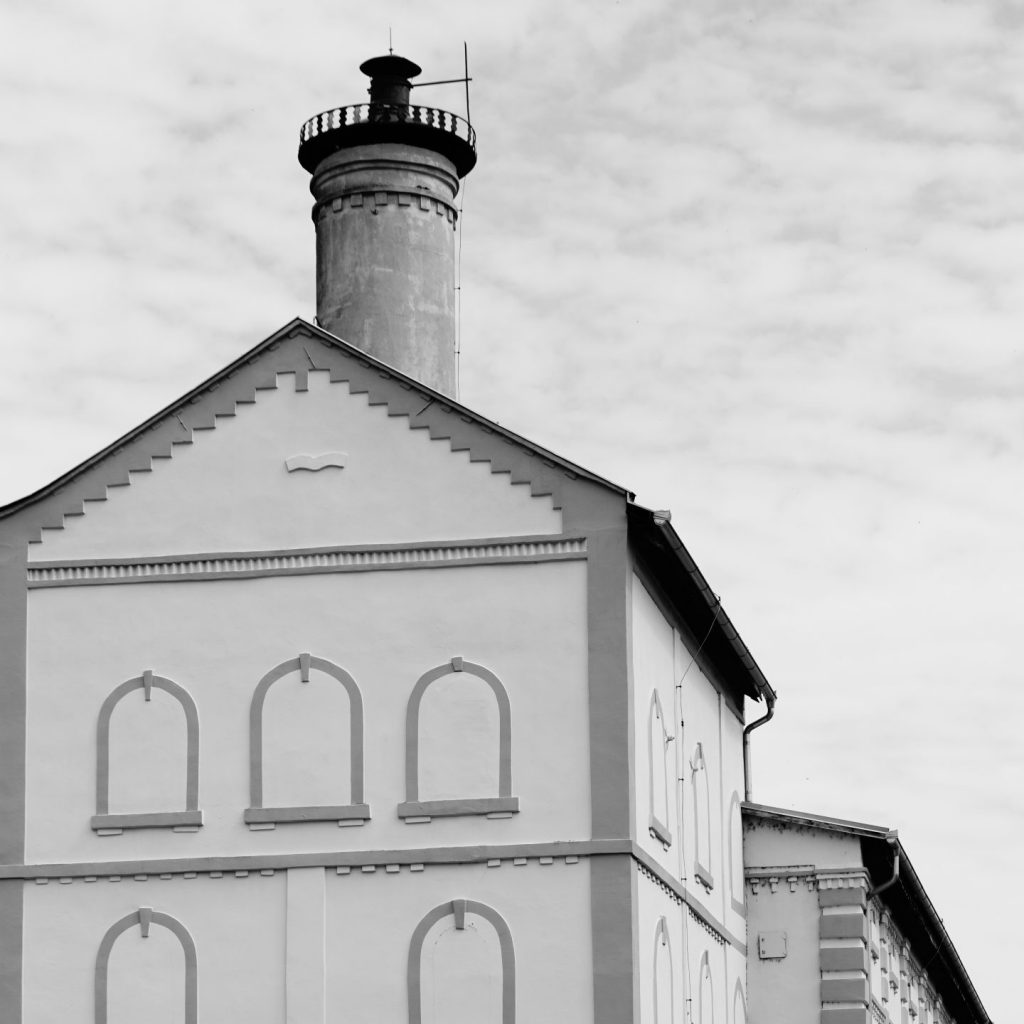
BEČEJ
Despite modernization, capacity expansion and construction of new industrial plants during the 20th century, the brewing complex in Bečej is still dominated by monumental buildings from the Gerber era, which are a valuable testimony to Bečej’s industrial past. The closure of the brewery marked the end of centuries of continuity in nurturing the traditional way of producing dark beer, whose international recognitions were a confirmation not only of the quality but also of the evaluation of traditional production techniques.
Although barley malt is still produced in one segment of the brewery, for the needs of other industries, the brewery complex decays spontaneously, while the wind blows through the broken windows, and the moisture destroys the historic structure. Can the model of conversion guided by the logic of the original form and material, but to preserve high architectural and ambient values, be an adequate solution in the restoration of the devastating beauty?
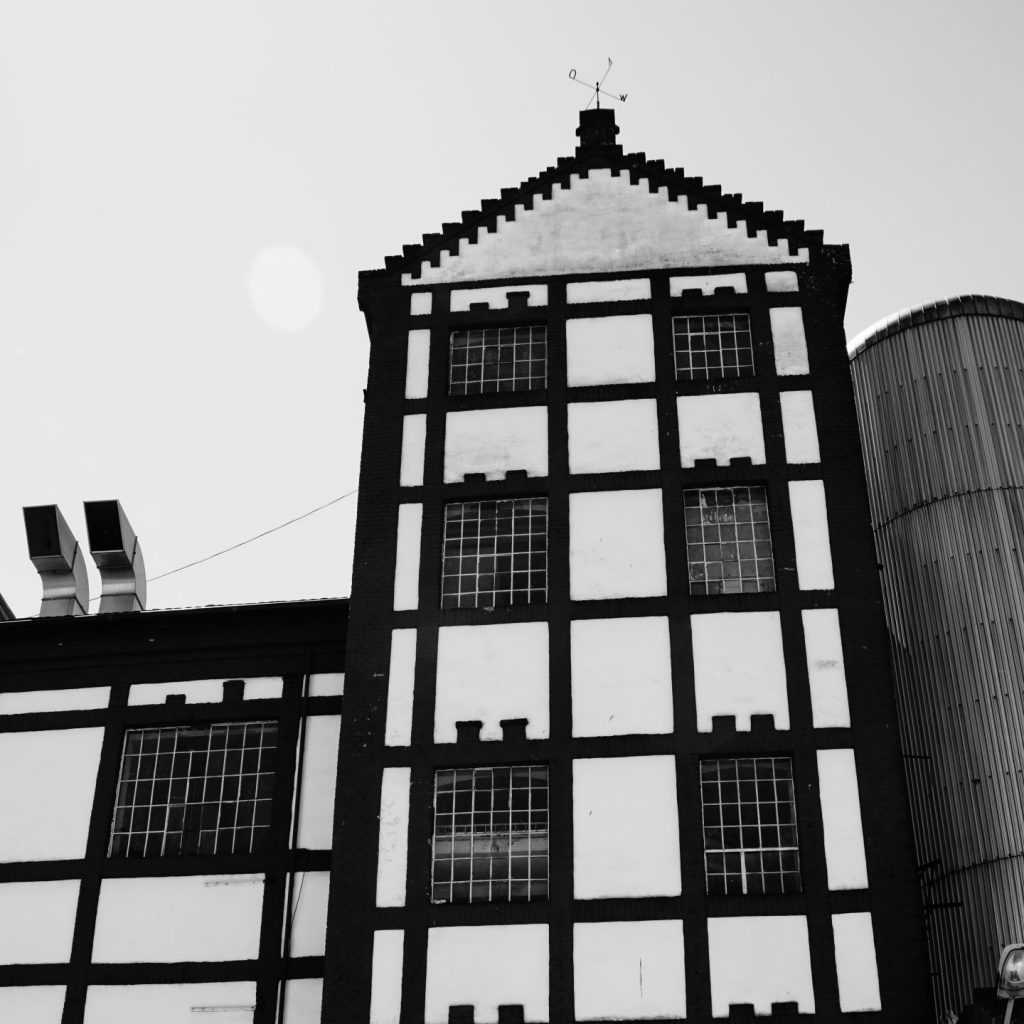
APATIN
In the German colonist base on the periphery of the Empire, in 1756, a chamber brewery was built according to the European standards of that time. Modern technology has enabled the production of malt beer from the very beginning, which has contributed to the development and rapid transformation into an industrial company. The brewhouse, a residential building and a tavern on the corner are three preserved buildings from the beginning of the 20th century, which enjoy the status of immovable cultural property. The continuity of beer production has been maintained to this day, although the authenticity of the magic potion is questioned by the introduction of new technologies and new assortment, as well as the globalization of the market. Brewery in Apatin, a representative of the successful integration of historic buildings into a modern factory complex, speaks of the responsible attitude of individuals towards the values of the heritage.
Centuries of continuity in generating general development have made the brewery the bearer of collective identity and a symbol of the city. Could the brewery offer an adequate framework for the presentation of the urban, economic, social and cultural context of the city, through an interactive museum display within historic buildings?